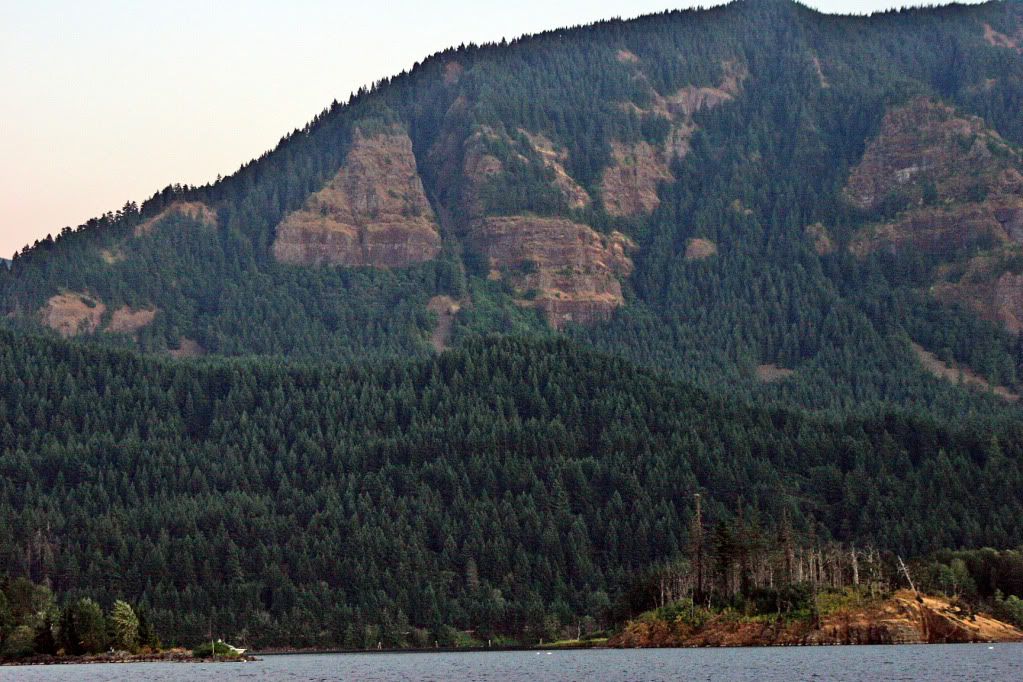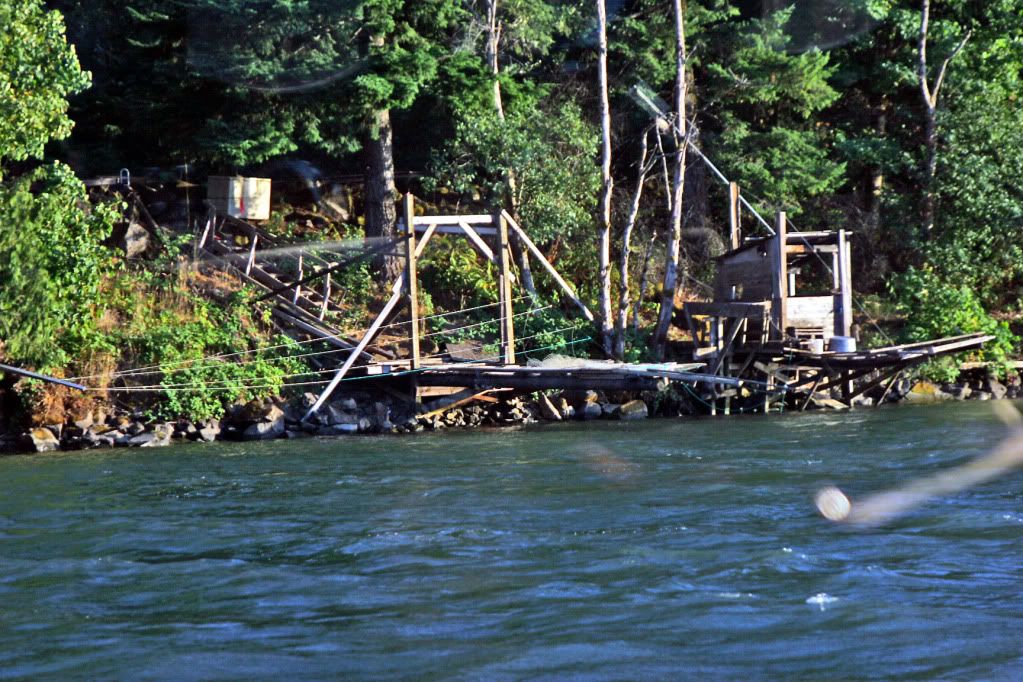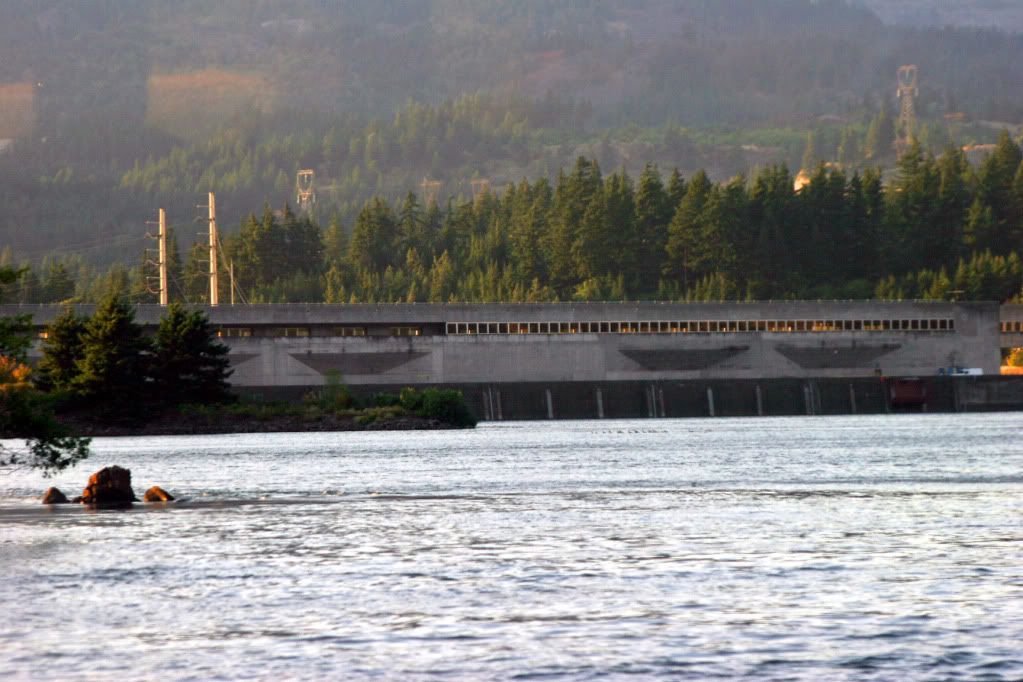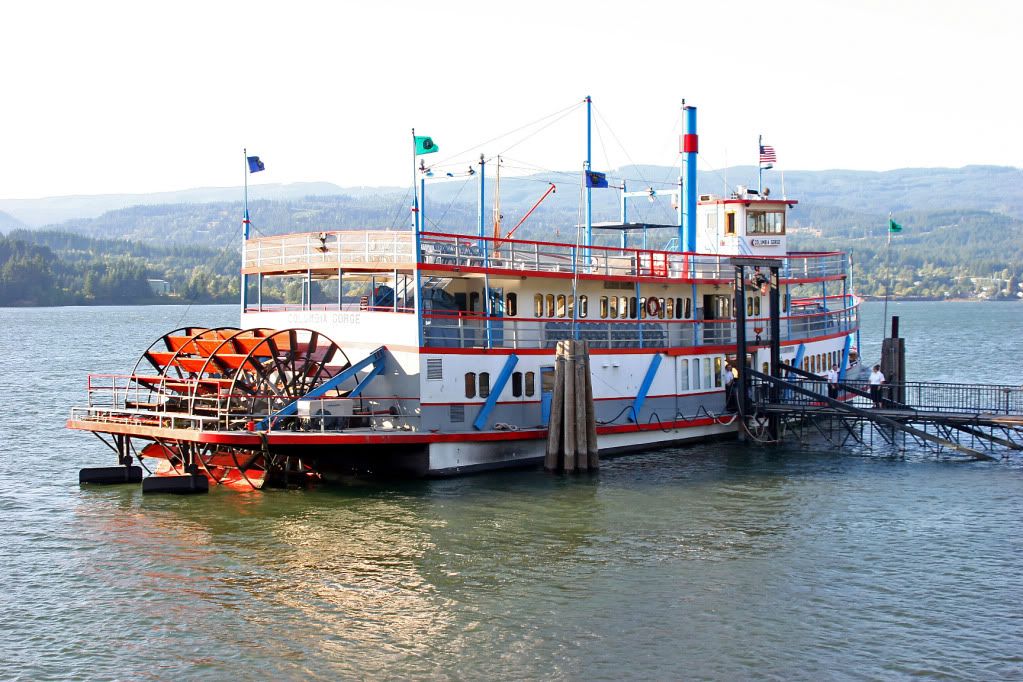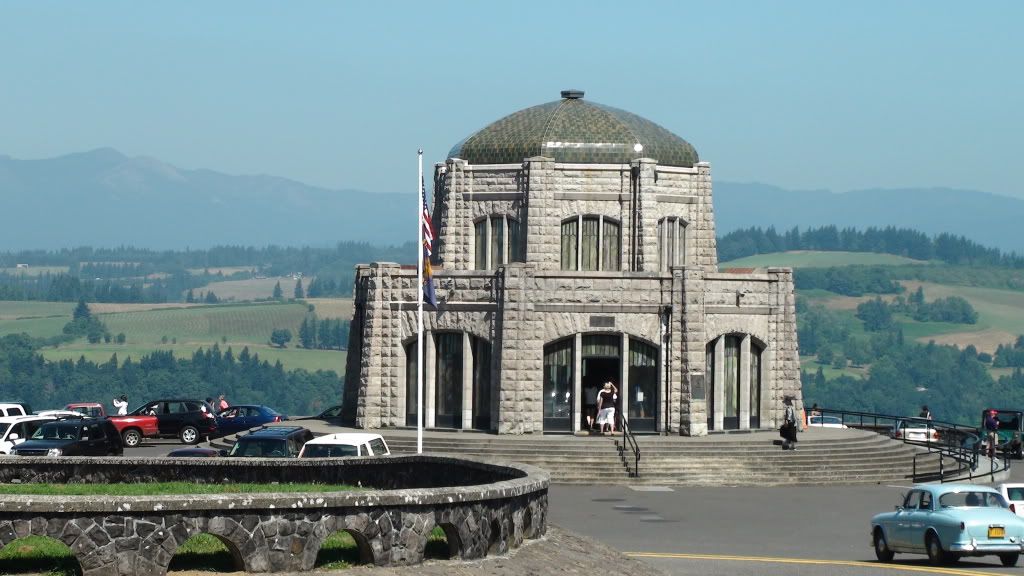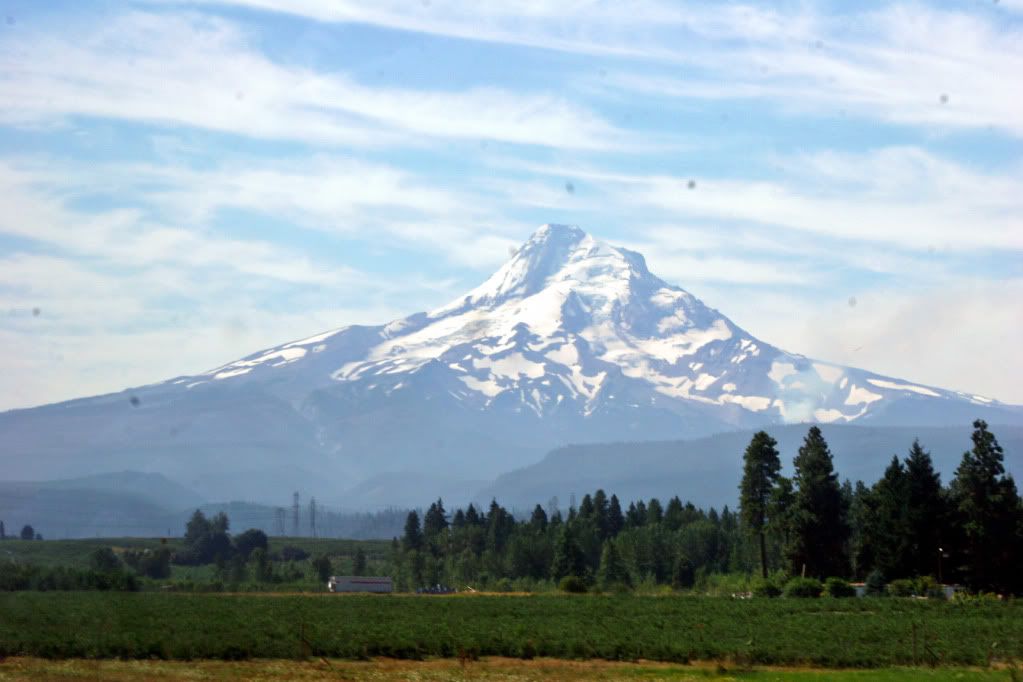Silver Falls State Park is one of the more picturesque parks in a state blessed with many. The attraction is the waterfalls--several of them, as a matter of fact. Some are short, some are tall, all are spectacular.
 |
| South Falls |
The Silver Falls area was heavily logged in the early days of Oregon history. By 1900 a
Silverton photographer,
June D. Drake, began to campaign for park status, using his photographs of the falls to gain support. The National Park service rejected the idea because of the high number of stumps, which they felt were unsightly. Another attempt to make Silver Falls a national park died in congress in 2008.
Many trails meander throughout the park, generally following the streams. There are actually two forks of Silver Creek, the north and the south. There is a trail head at each and they follow the stream through the canyon, passing 10 waterfalls along the 7 mile trail.
 |
| Trail under North Falls |
one of the unique features along the Trail of 10 Waterfalls is that you get to walk under the ledge with the creek flowing right over you and falling to the creekbed below. Two of the those falls, North and South, are right near the trail heads so you can experience one of the outstanding features of this park. The picture above was taken from under the north falls, where the ledge overhangs the creek by some 75 feet. notice the ferns growing upside down from the rock ledge.
 |
| Upper North Falls |
|
Just a short distance from the parking area at North Falls is the trail to Upper North Falls. While this falls is shorter than some at 65 feet, it is one of the more beautiful.
While the main trail takes you by 10 falls (some are a short distance off this trail) there are another five falls within the park. The tallest of these is Elbow falls at just 20 feet. All of these five are located below the confluence of the north and south forks of Silver Creek..
After your walk along the Falls Trail, return to the South Falls parking area for a history lesson.
 |
| Silver Falls Lodge |
The Silver Falls Lodge is one of the remaining buildings built by the Civilian Conservation Corps during the 1930s. Oregon has many buildings remaining from that era still standing in many of the camping areas and other places featuring outdoor attractions. My own father, fresh out of high school--and out of work, worked in one of the camps on the upper South Santiam River as a horse wrangler. I know that sounds funny, but back in the early days of the 1930s, men moved mountains, not by truck, but literally by horse power.
Spring will find the falls roaring, but--and this is a personal preference--I prefer the fall when the leaves begin turning to gold. It's also warmer in the fall and that makes hiking the more enjoyable.
Silver Falls is a great place to camp and hike, picnic and is very photogenic. the park is about 20 miles east of
Salem, the Capitol city of Oregon. From Salem take Highway 22 east toward the little town of Sublimity, then take Oregon Highway 214 through the park. That route takes you on to
Silverton, so if you happen to be in that area, you're already on the right road.
That's all we have time for now, thanks for joining me and letting me do the driving.
RMK

